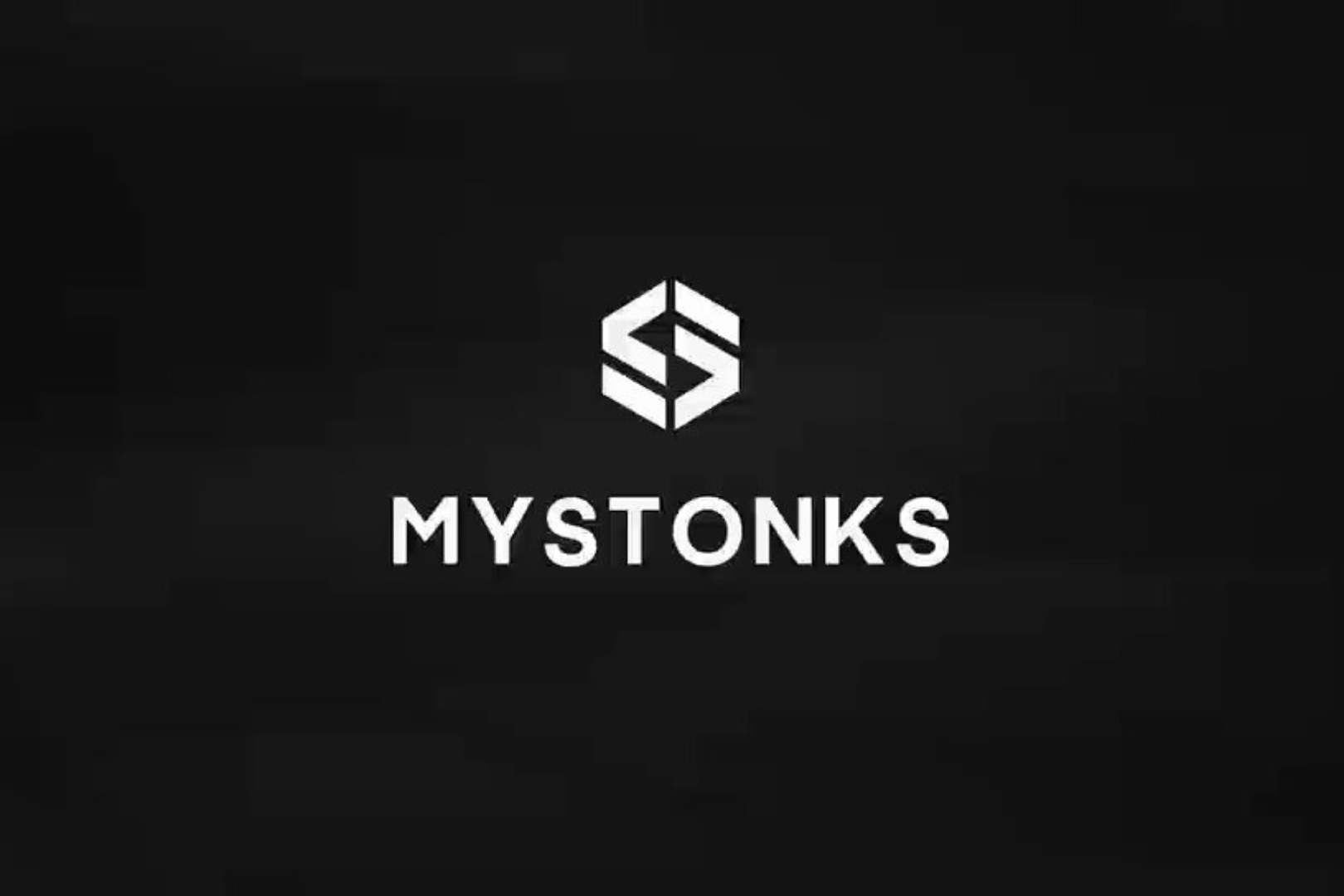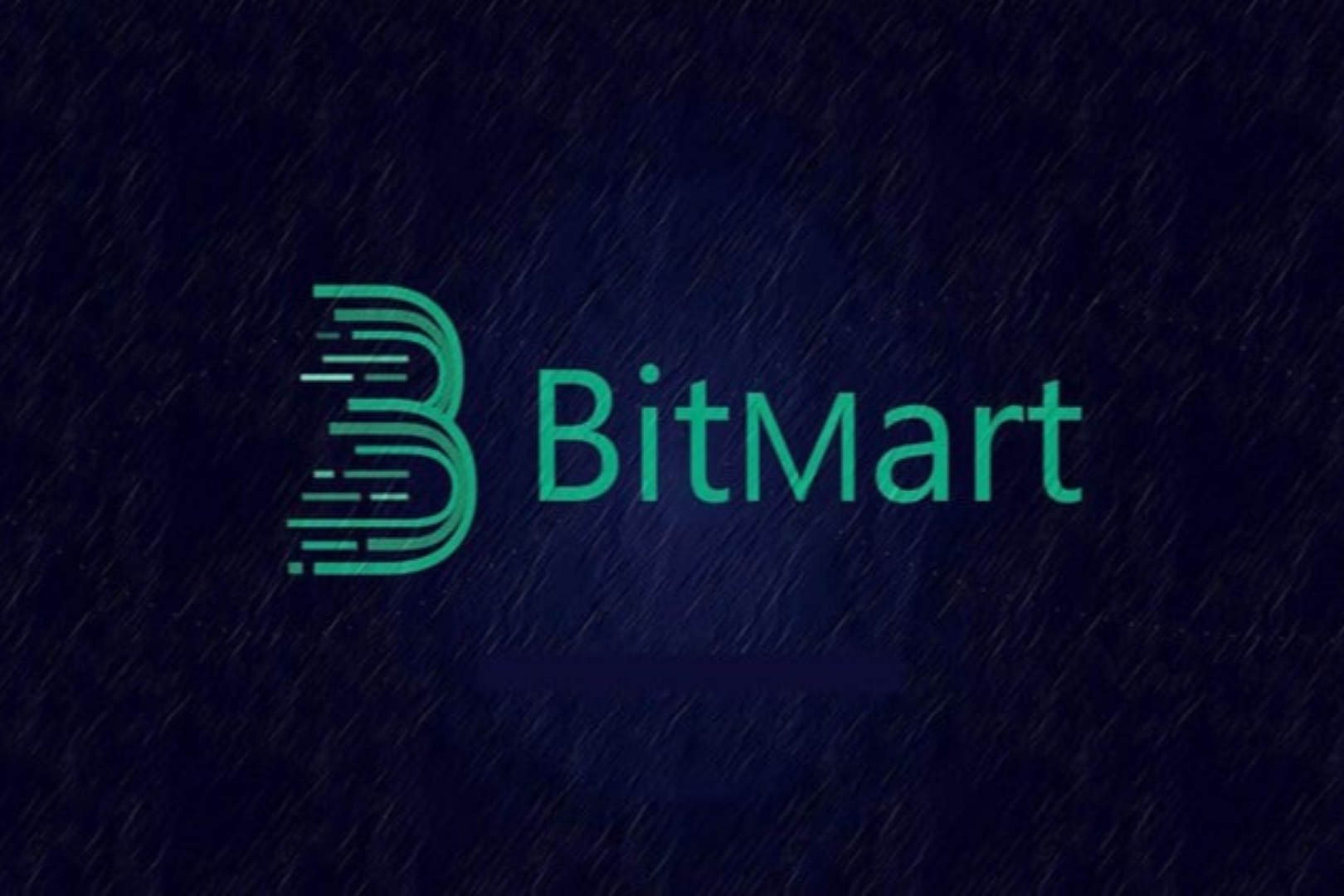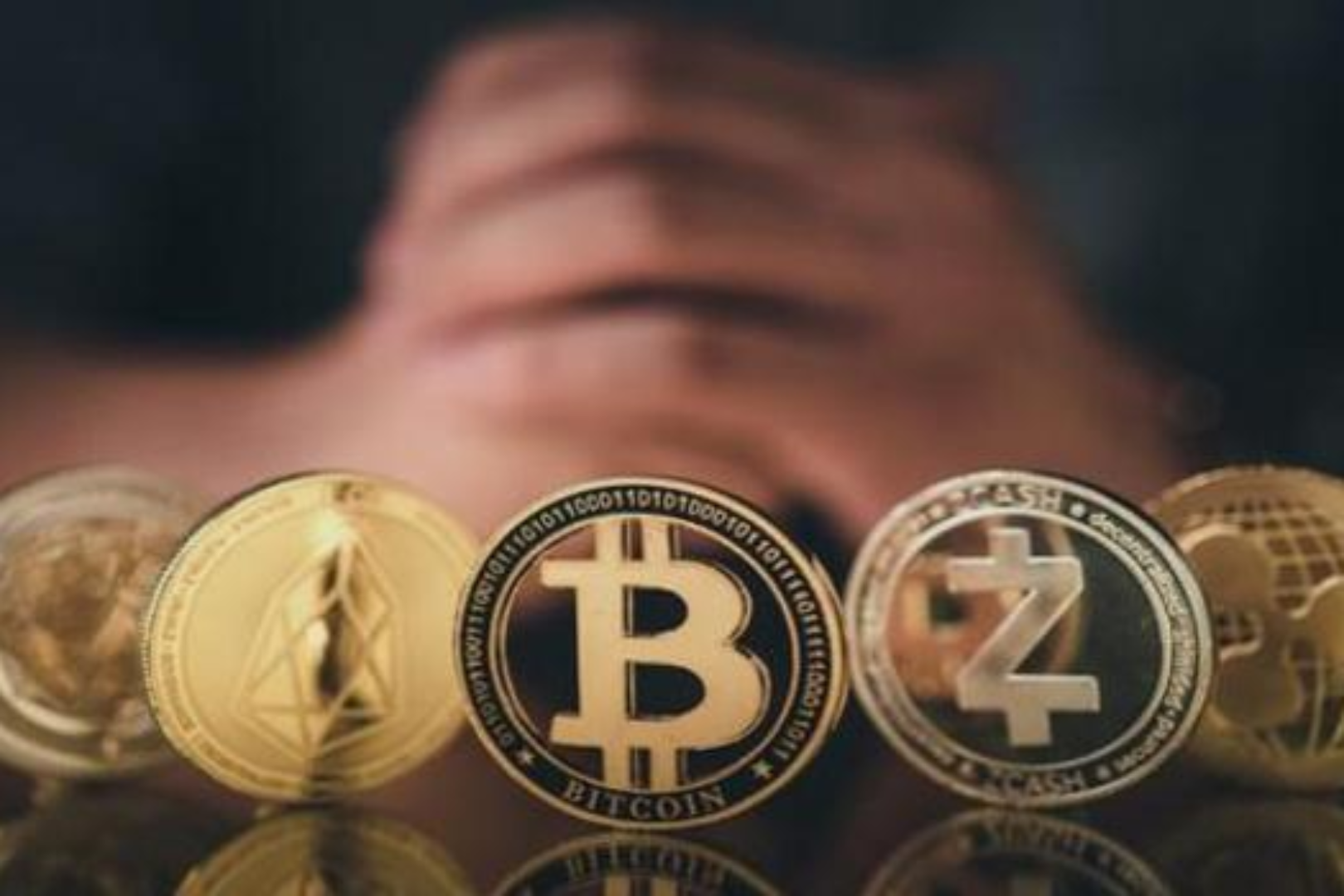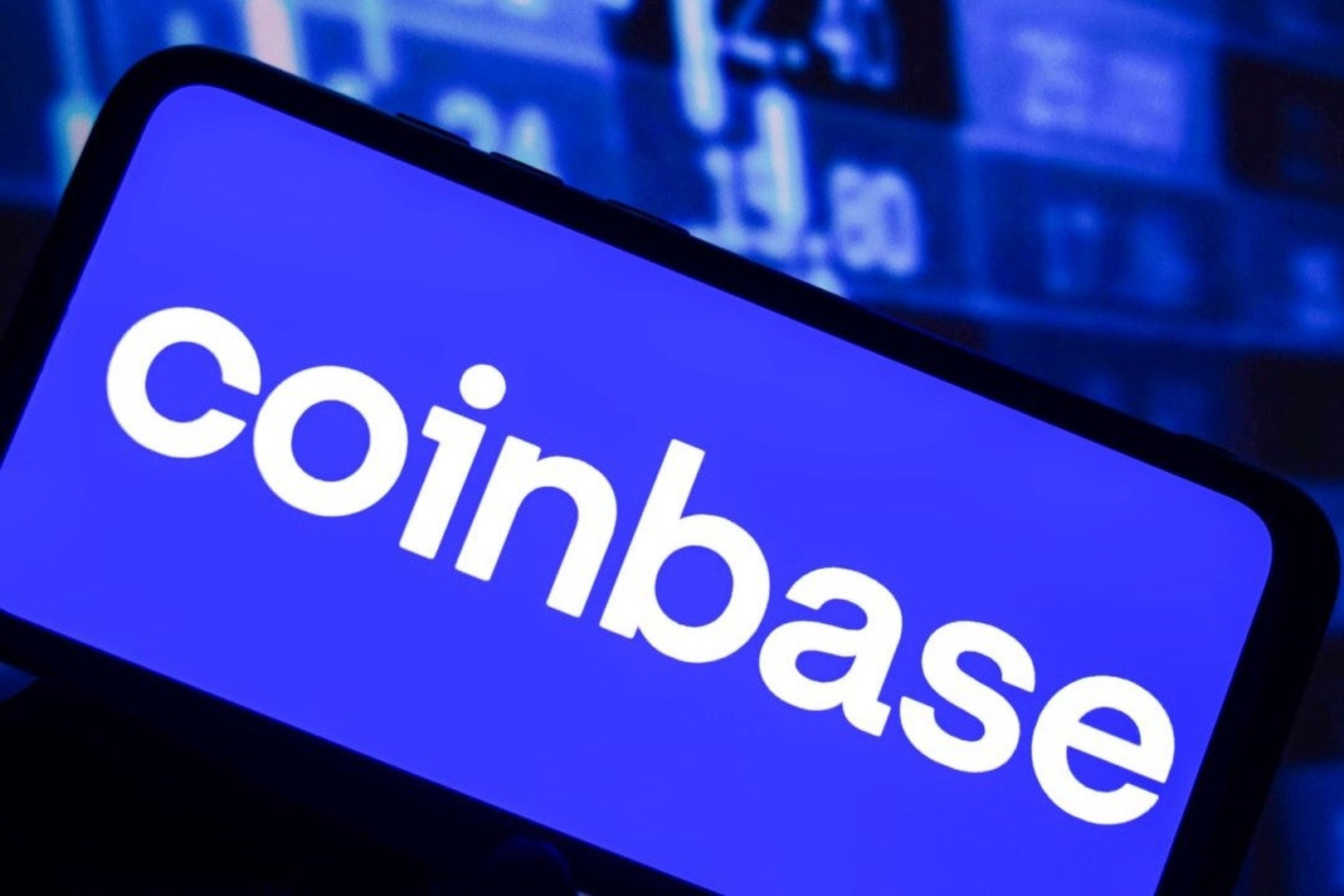How popular is NFT?
Use data to tell you the answer. Recently, Google Trends data shows that the search interest for the term "NFT" hit a record high, far surpassing Bitcoin, reaching 100. Friends who are familiar with this indicator know that the Google Trends popularity score represents the search popularity compared to the highest point in the specified area and within the specified time, and 100 means the highest popularity. Maybe everyone doesn't feel intuitive about this, it doesn't matter, then the editor will take you to see what celebrities inside and outside the circle are doing?
01
The first tweet NFT minted by Twitter CEO Jack Dorsey through Valuables has now ended the auction with 1,630 ETH (worth over $2.9 million), and the buyer is Sina Estavi, CEO of the oracle system Bridge Oracle;
02
Christie's auction house announced that the NFT artwork "Every Day: The First 5,000 Days" that sparked heated discussions in the market was finally sold for US$69.34 million;
03
Tesla founder Elon Musk (Elon Musk) tweeted that he would sell a song about NFT as an NFT. The tweet was accompanied by a video of approximately 2 minutes and 20 seconds. In this regard, the surreal artist Beeple expressed his willingness to purchase the NFT at a price of 69 million US dollars.
They used "real money" to call NFT, making NFT successfully "out of the circle" and attracting more and more fans. However, in the vast world, many people are still confused about NFT, what is it? What can it be used for? Why is it so priceless?
Three questions to the soul. In a broad sense, NFT (Non-Fungible Token) is a non-homogeneous token, also known as a non-fungible token. Just like there are no two identical leaves in the world, NFT is the only one. And non-substitutable digital assets, the minimum division unit is 1, and anchored with the real unique target. Its characteristics are fundamentally different from homogeneous native encrypted digital assets (FT) such as Bitcoin and Ethereum. If BTC and ETH are typical representatives of successful digital assetization, then NFT is an indispensable existence in the future asset digitization path. In theory, all assets of NFT can be digitized, which can effectively solve the problem of asset chaining. Its future development potential and imagination space are huge!
"The combination of the old man's river and ice is not a one-day cold; the accumulation of soil into a mountain is a must-have." The infrastructure of NFT is not yet perfect, and the market size is limited. As of March 24, the Nonfungible.com website shows that NFT The market transaction scale is 520 million US dollars, which is less than 2% of Defi. It shows that it is still a very small market, and many problems such as liquidity, pricing, storage, etc. need to be overcome before it can truly mature and expand splendor.
With the rise and continuous development of NFT asset trading platforms such as Opensea and SuperRare, the problems of liquidity and pricing will be easily solved. However, as far as the status quo is concerned, long-term and safe storage of NFT assets is still a headache for the entire industry. The block capacity of the chain itself is too small to carry the content and metadata carried by the NFT, which will cause the data of the NFT to be placed in the centralized service provider instead of being stored in the blockchain like its smart contract superior.
Remember when musician 3LAU sold an NFT album for $11 million on NiftyGateway, an NFT exchange powered by Gemini Exchange? It is now lost and only the album copy remains. But why would it be lost? This is because 3LAU's NFT is placed on a centralized service provider. Like traditional enterprises, these service providers will eventually go out of business and their stored data will eventually be lost.
When the NFT data disappears, the NFT contract can still exist. This is extremely ironic for NFT asset holders! No one will endure the loss of their own NFT assets on the premise that the private key is properly kept, and no one will endure spending a lot of money to purchase the permanent copyright of NFT assets, which is no longer "permanent", but only a few steps away from "worthless". In other words, this is an insurmountable red line.
What should be done to truly ensure that NFT will not become invalid due to the closure of the website? What is the reliability of NFT storage assets? In fact, IPFS is naturally suitable for NFT, and it can properly solve the current problem of NFT storage. IPFS itself is a decentralized storage protocol, which can store a large amount of data content in various situations, and can ensure that the data cannot be tampered with. In this regard, Juan proposed that only NFTs stored on IPFS can truly ensure ownership. Not on IPFS, not your NFT!
In addition, Why, the core developer of Filecoin, also said in the Slack channel: We can add NFT actors to Filecoin, allowing people to mint and trade NFT assets like Ethereum. The coolest part about keeping NFTs on Filecoin is that we can natively support storing them in the Filecoin network, NFTs may have some kind of special mechanism, for example, they can automatically verify client data (assuming they match a certain format and reasonably sized), which means that any NFT made by anyone is basically instantly stored by the network for free.
However, it is not easy to apply NFT to IPFS/Filecoin overnight, and a lot of contracts and standard development and testing are required. At present, Filecoin is still in the stage of supporting NFT off-chain storage. In the future, with the iteration of technology, NFT can exchange data and value based on Filecoin itself. On the other hand, IPFS technology can guarantee our self-sovereignty (Self-Sovereign) of NFT data, so that the data can resist the failure of the underlying Internet, protect it with encryption, and make it permanent, you and share it with you The owner of the data can save a copy of the information and rely on the same link for permanent storage.
In the Filecoin ecosystem, we have found that more and more developers are pouring in, and are developing NFT-compatible standards and contracts in full swing. How gratifying this is! In the future, only when NFT is actually stored in the IPFS distributed storage network, or in the Filecoin distributed storage public chain, can we better solve the problem of NFT storage in essence and allow users to truly own the ownership of NFT assets.





